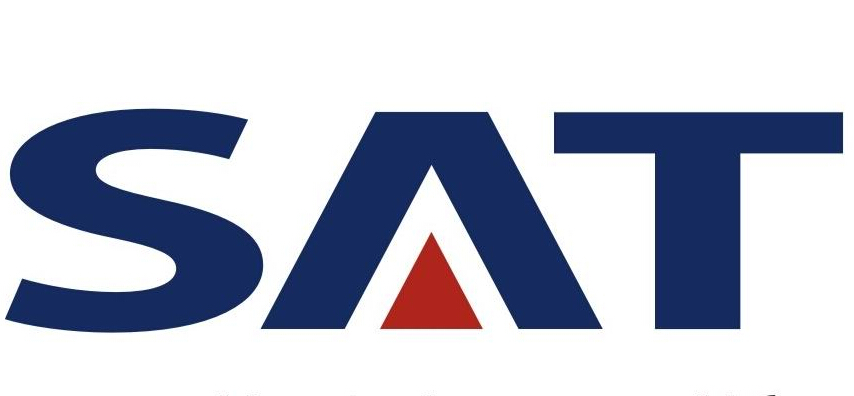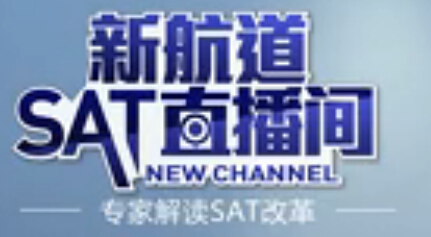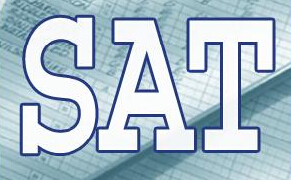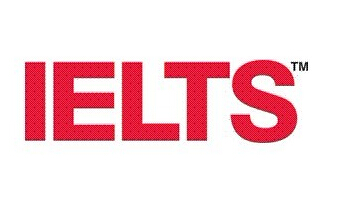sat写作素材之哥白尼
2013-08-16 16:28 供稿单位: 新航道
出国英语考试有哪些 雅思6.5是什么水平 雅思阅读评分标准 托福阅读评分标准 雅思和托福的区别
下面为大家推荐的是一篇关于哥白尼的SAT写作素材,这篇素材中详细的介绍了哥白尼的生平和成就,以及取得这些成就的过程和原因等等。下面是详细内容。
Nicolas Copernicus
Polish astronomer and mathematician who, as a student, studied canon law, mathematics, and medicine at Cracow, Bologna, Rome, Padua, and Ferrara. Copernicus became interested in astronomy and published an early description of his "heliocentric" model of the solar system in Commentariolus (1512). In this model, the sun was actually not exactly the center of the solar system, but was slightly offset from the center using a device invented by Ptolemy known as the equant point. The idea that the Sun was the center of the solar system was not new (similar theories had been proposed by Aristarchus and Nicholas of Cusa), but Copernicus also worked out his system in full mathematical detail. Even though the mathematics in his description was not any simpler than Ptolemy's, it required fewer basic assumptions. By postulating only the rotation of the Earth, revolution about the sun, and tilt of Earth's rotational axis, Copernicus could explain the observed motion of the heavens. However, because Copernicus retained circular orbits, his system required the inclusion of epicycles. Unfortunately, out of fear that his ideas might get him into trouble with the church, Copernicus delayed publication of them.
In 1539, Copernicus took on Rheticus as a student and handed over his manuscript to him to write a popularization of the heliocentric theory, published as Narratio Prima in 1540. Shortly before his death, Rheticus convinced Copernicus to allow publication of his original manuscript, and De Revolutionibus Orbium Coelestium was published in 1543. Copernicus proposed his theory as a true description, not just a theory to save appearances. Unlike Buridan and Oresme, he did not think that any theory which saved appearances was valid, instead believing that there could only be a single true theory. When the work was published, however, Andreas Osiander added an unauthorized preface stating that the contents was merely a device to simplify calculations.
Copernicus adapted physics to the demands of astronomy, believing that the principles of Ptolemy's system were incorrect, not the math or observations. He was the first person in history to create a complete and general system, combining mathematics, physics, and cosmology. (Ptolemy, for instance, had treated each planet separately.) Copernicus's system was taught in some universities in the 1500s but had not permeated the academic world until approximately 1600. Some people, among whom John Donne and William Shakespeare were the most influential, feared Copernicus's theory, feeling that it destroyed hierarchal natural order which would in turn destroy social order and bring about chaos. Indeed, some people (such as Bruno), used Copernicus's theory to justify radical theological views.
Before Copernicus formulated his theory of the solar system, astronomy in Europe had stagnated. After the Almagest had been translated into Latin, European astronomers such as the Austrian mathematician Georg von Peurbach and the German astronomer Regiomontanus proposed no new theories, attempting instead to refine the flawed system already laid out by Ptolemy. The astronomy textbook used for teaching was still The Sphere, the same book that had been in use since the 1200s. Rather than formulating new theories, astronomers had busied themselves in "saving appearances," which consisted of trying to patch it up Ptolemy's cumbersome and inaccurate model. Copernicus, however, wiped the slate clean in a single broad stroke, and proposed a fundamentally different model in which the planets all circled the Sun in De Revolutionibus Orbium Coelestium. While radically different from Ptolemy's model, Copernicus's heliocentric theory was hardly an original idea. Similar theories had been proposed by Aristarchus as early as the third century B. C., and Nicholas de Cusa, a German scholar, had independently made the same assertion in a book he published in 1440. We know for a fact that Copernicus was well aware of Aristarchus's priority, since his original draft of De Revolutionibus has survived and features a passage referring to Aristarchus which Copernicus crossed out so as not to compromise the originality of his theory. In his belief that his theory was an accurate description of nature rather than just a mathematical model, Copernicus was therefore not truly revolutionary.
What was a little revolutionary was that Copernicus worked out his system in full mathematical detail in De Revolutionibus. By doing this, Copernicus went a step beyond Ptolemy, de Cusa, and Aristarchus. Ptolemy had regarded his theory as simply a mathematic tool for calculation, having no physical basis. On the other side of the coin, de Cusa and Aristarchus had proposed a purely physical model, not endeavoring to mathematically investigate its consequences. Copernicus's most significant achievement was his combination of mathematics and physics, adapting physics to conform to his view of astronomical truth, with a good bit of cosmology thrown in for good measure.
This achievement alone, however, hardly qualifies as a "revolution." Copernicus offered mathematics which were every bit as entangled as Ptolemy's, and because he retained circular orbits, his system required the inelegant inclusion of epicycles and their accompanying complication. To Copernicus's credit, although his description was not any simpler than Ptolemy's, it did require fewer basic assumptions. In addition, Copernicus's theory explained some problems, such as the reason that Mercury and Venus are only observed close to the Sun (their orbits always kept them nearer the sun than Earth ) and Mars's retrograde motion (the Earth, traveling in its smaller orbit, overtakes Mars, causing Mars to appear to move change direction and move backward relative to distant "fixed" stars). However, like Ptolemy, Copernicus could still not explain variations in the brightness of Venus.
Copernicus was the first person in history to create a complete and general system, combining mathematics, physics, and cosmology. Yet, by themselves Copernicus's achievements, do not constitute a revolution. Copernicus had been motivated to this theory by Neoplatonic and Pythagorean considerations. His reasoning seems to have been predominantly motivated by aesthetics. In his view, equally spaced planets in circular orbits would represent harmony in the universe. But Copernicus had made no observations and stated no general laws. His mathematics could describe the motion of the planets, but his theory was of a very ad hoc nature.
It took the accurate observational work of Brahe, the exhaustive mathematics of Kepler, and the mathematical genius of Newton to take Copernicus's theory as a starting point, and glean from it the underlying truths and laws governing celestial mechanics. Copernicus was an important player in the development of these theories, but his work would likely have likely remained in relative obscurity without the observational work of Brahe. It would have been discarded by the wayside, until subsequent investigation brought it back to light. It is likely, in fact, that given Kepler would have independently arrived at a heliocentric theory just in the process of interpreting Brahe's data, and the scientific revolution would have been born anyway. To a large extent, then, Copernicus has achieved his prominent place in history through what amounted to a lucky, albeit shrewd, guess. It is therefore more appropriate to view Copernicus's achievements as a preliminary step towards scientific revolution, rather than a revolution in itself.
以上就是新航道小编为大家整理的的关于sat写作素材之哥白尼的详细内容,希望对大家有所帮助,更多资讯、资料请访问新航道sat频道https://www.xhd.cn/sat/
- 上一篇:sat写作素材之励志名言
- 下一篇:sat作文题目分类
分享到:

- 新航道,英语成功之道。时间获取新航道英语学习资料和新鲜资讯,请在微信公众账号中搜索「新航道英语」或者「xhdenglish」,或用手机扫描左方二维码,即可获得新航道每日精华内容推送和英语学习经验分享,并参与新航道举办的各项活动。
责编:新航道小编
精彩专题
更多视频荟萃
更多
-
SAT阅读高分不是梦
时长:01-12

-
SAT高分必经之道与阅读策略详解
时长:01-12

-
新航道导师解读SAT改革
时长:01-12

-
新航道徐卡嘉:透析新SAT官方样题
时长:01-12
热门文章
更多
-
官方发布2018新SAT/ACT分数对照表
作为美国大学标准化成绩之一,SAT/ACT这...








